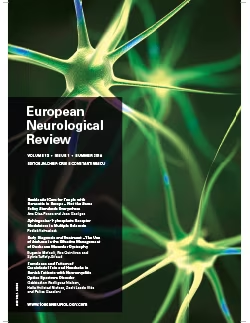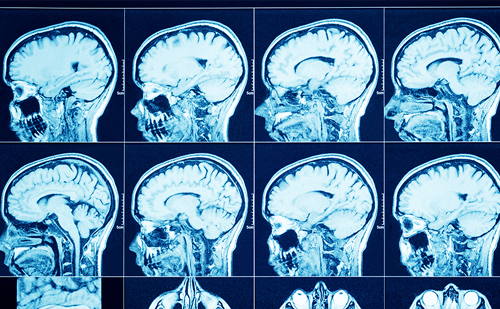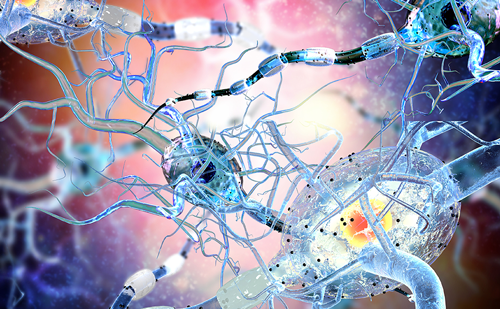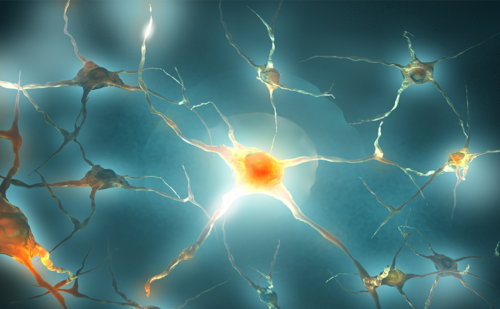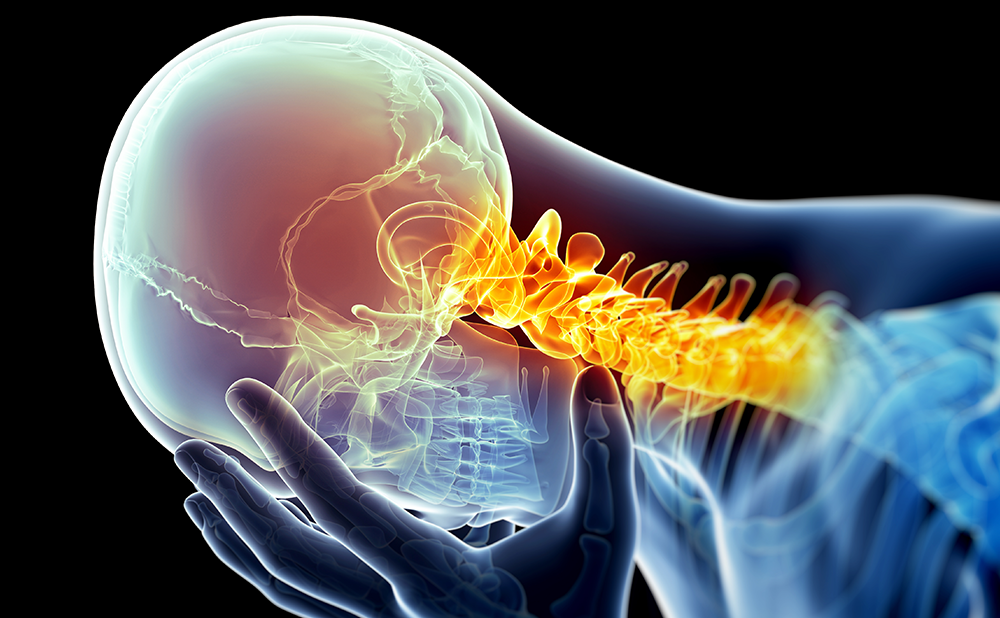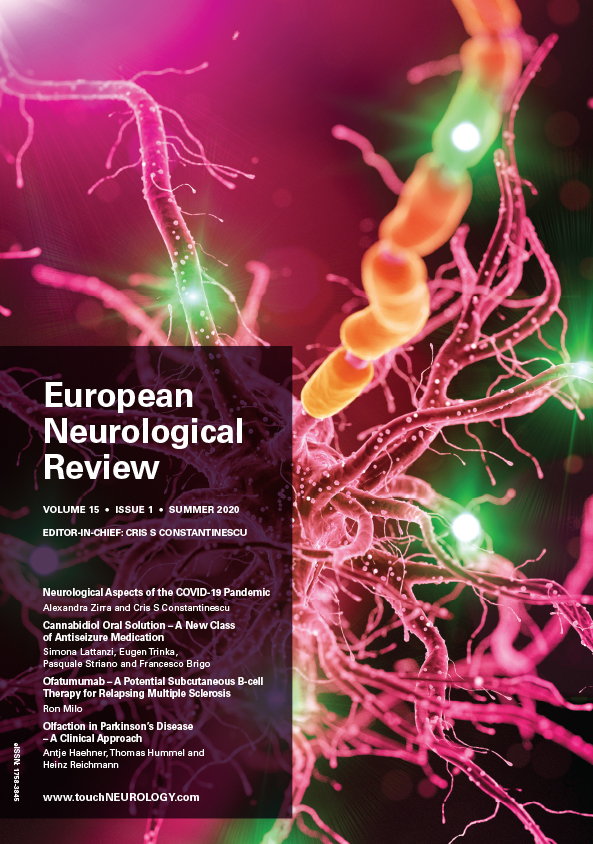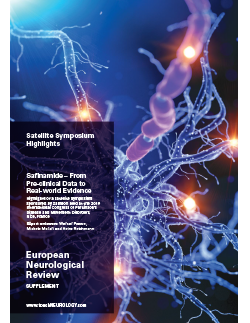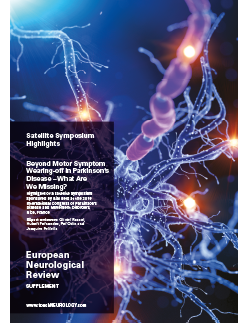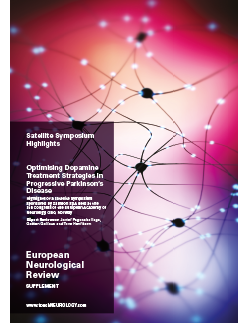EUROPEAN NEUROLOGICAL REVIEW – VOLUME 13 ISSUE 1 – SUMMER 2018
Welcome to the summer edition of European Neurological Review!
This issue is introduced by one of the newest additions to our Editorial Board, Leontino Battistin, and opens with an expert interview with Dawn Langdon on cognitive assessment in multiple sclerosis (MS). Also on the topic of MS, we have a review on the therapeutic use of sphingosine-1-phoshate receptor modulators (Patrick Vermersch), and a commentary on the need to improve patient education for women with MS on issues around the ability to have children and family planning (Janet Manson).
Editorials in this issue cover standards of residential care for people with dementia across Europe (Alzheimer Europe), current trends of thinking in clinical neuroscience (Leontino Battistin) and patient burden and the need for new therapeutic targets in myasthenia gravis (Saiju Jacob). Eugenio Mercuri et al. review the need for early diagnosis and treatment of Duchenne muscular dystrophy (DMD) with a focus on the use of ataluren, the first disease-modifying therapy for treating DMD caused by nonsense mutations, and two groups led by Parisa Gazerani present original research in the field of pain – investigating whether an association exists between ABO blood types and post-operative pain, and exploring the prevalence and pattern of pain in patients with neuromyelitis optica spectrum disorder (NMOSD).
We hope you enjoy this edition, which will be distributed at the European Academy of Neurology (EAN) annual meeting in Lisbon – please do stop by the EAN literature stand to pick up your free copy.
We are now accepting submission to our winter edition, and welcome you to submit you manuscript here.
Enjoy!
Foreword
Welcome to the latest edition of European Neurological Review, which features a diverse range of articles covering a number of therapeutic areas that directly affect neurologists and other practitioners involved in the care of patients with neurological illness. Our expert interviews have become a popular feature of the journal due to their concise assessments of […]
Expert Interview
Q. What are the main cognitive changes experienced by patients with MS? The most severe and prevalent cognitive deficit at all stages of the disease is slowed information processing speed.1 This can be thought of as ‘reduced bandwidth’. It means that people with MS find it harder to multitask and are easily distracted. For example, […]
Editorials
Current estimates suggest that some 9 million people are living with dementia in Europe (EU28) (Alzheimer Europe [AE], 2017, unpublished document). Many of these individuals live at home in the community. However, due to different circumstances, and at different stages of the condition, some people will need or will choose to move to a residential […]
The main questions for a neurologist at the present time are: what are the fundamental lanes of research in clinical neuroscience and what are the ultimate goals of our investigations? Since the primary mission of a clinician is to be of help to patients, a clinical investigator has to keep searching to discover the aetiology […]
Myasthenia gravis (MG) is a rare autoimmune disease that affects around 11–32 people per 100,000.1–3 Because of improved recognition and diagnosis, its incidence is increasing.4,5 The disease can occur at any age but its onset is most common in women before the age of 40 and men after the age of 60.6 Although the number […]
Commentary
Multiple sclerosis (MS) is a chronic autoimmune condition affecting the central nervous system (CNS). The most recent Atlas data estimated that the number of people with MS worldwide was 2.3 million.1 Prevalence rates of the disease range from 2.1 per 100,000 in Sub-Saharan Africa, to greater than 100 per 100,000 in Northern Europe and North […]
Reviews
In the past decade, a number of novel therapies targeting specific molecules involved in the inflammatory or immune system activation cascades have become available, improving the management of multiple sclerosis (MS).1 However, most new therapies are biological drugs, which need to be injected and are therefore associated with reduced convenience, compliance and injection- or infusion-related […]
These are exciting times in Duchenne muscular dystrophy (DMD); the first disease-modifying drug for this indication has been approved in the European Union for ambulatory DMD in patients >5 years; other drug treatments are in the pipeline.1–5 These treatments can be most impactful when used early in the disease process and it is therefore imperative […]
Original Research
Acute pain is defined as an ‘unpleasant, complex, dynamic psychophysiological response to tissue damage, disease or inflammation’,1–3 and often lasts for a short period.1,4 Its biological function is to minimise behaviours that may lead to reduced tissue healing.1,5 When patients are recovering from a surgery, uncontrolled acute post-operative pain often occurs, which can be damaging.1 […]
Neuromyelitis optica spectrum disorder Neuromyelitis optica spectrum disorder (NMOSD) is an autoimmune inflammatory disease of the central nervous system (CNS) causing severe inflammation and demyelination of the optic nerve (optic neuritis [ON]), the spinal cord (transverse myelitis [TM]) and the brainstem.1,2 There is a dearth of epidemiological data on the prevalence of NMOSD; conclusive data […]
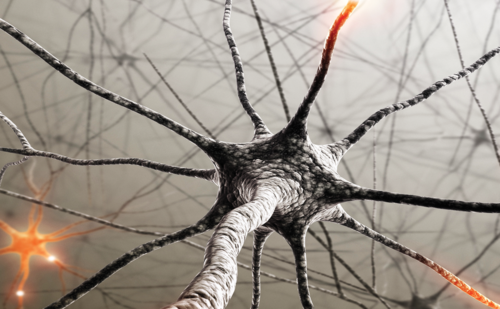
Trending Topic
Opioid therapy has become a mainstay for the treatment of chronic pain, despite evidence that these medications may be ineffective and even unsafe in this patient population.1,2 In patients with chronic back pain, the use of first-line medications (non-steroidal anti-inflammatory drugs and acetaminophen) declined by 48% from 1999 to 2010; simultaneously, there was a 53% rise […]
Journal Archive
European Neurological Review is a peer-reviewed, free-to-access, bi-annual neurology journal comprising review articles, case reports, practice guides, theoretical discussions, and original research. It features balanced and comprehensive articles written by leading authorities, addressing the most important and salient developments in the field of neurology in practical terms.
Latest articles videos and clinical updates - straight to your inbox
Log into your Touch Account
Earn and track your CME credits on the go, save articles for later, and follow the latest congress coverage.
Register now for FREE Access
Register for free to hear about the latest expert-led education, peer-reviewed articles, conference highlights, and innovative CME activities.
Sign up with an Email
Or use a Social Account.
This Functionality is for
Members Only
Explore the latest in medical education and stay current in your field. Create a free account to track your learning.


